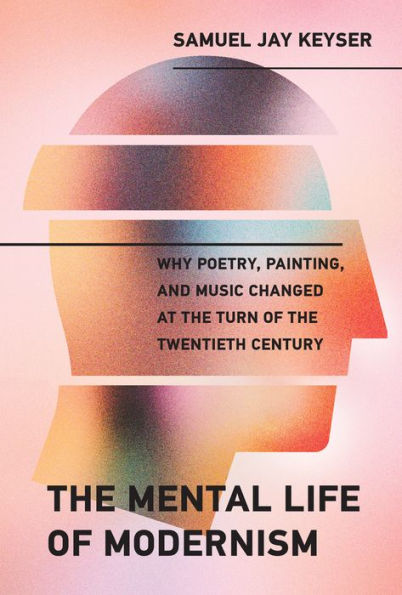5
1

The Mental Life of Modernism: Why Poetry, Painting, and Music Changed at the Turn of the Twentieth Century
240
The Mental Life of Modernism: Why Poetry, Painting, and Music Changed at the Turn of the Twentieth Century
240
29.95
In Stock

Product Details
| ISBN-13: | 9780262043496 |
|---|---|
| Publisher: | MIT Press |
| Publication date: | 03/03/2020 |
| Series: | The MIT Press |
| Pages: | 240 |
| Product dimensions: | 6.00(w) x 9.10(h) x 1.00(d) |
| Age Range: | 18 Years |
About the Author
What People are Saying About This
From the B&N Reads Blog
